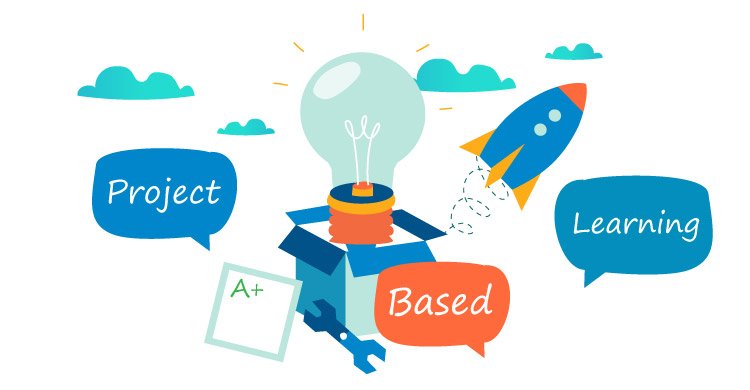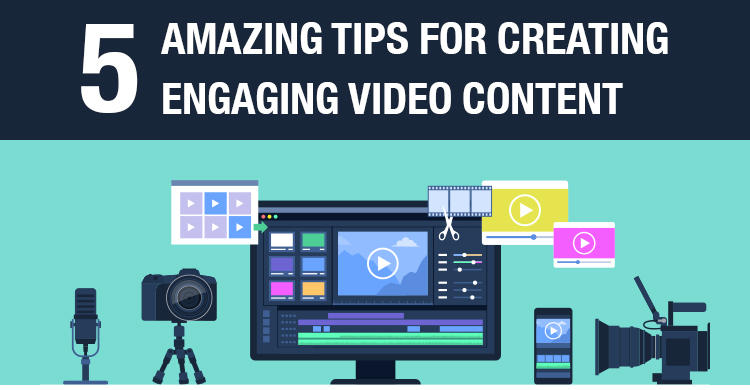Based on Implementing Project-Based Learning
When Hurricane Harvey flooded neighborhoods and destroyed property in Houston, Texas, teachers didn’t take long to turn the natural disaster into meaningful learning. In schools across the Humble Independent School District, students engaged in a wide range of projects that focused on protecting and restoring the Lake Houston Watershed—using drones to survey riverbanks, inventing devices to filter drinking water, and participating in hands-on conservation efforts.
These students have no reason to ask the tired question, “When will we ever need to know this?” Instead, their authentic need to know arises from their own questions about recent events. To answer those questions, they need to expand their understanding of science and civic action (with the support of capable teachers, of course).
Harvey may have taken Houston by surprise, but it’s no accident that real-world learning took hold here. Community members across Humble ISD have been involved in a visioning process called Portrait of a Graduate, focused on preparing students to tackle future challenges. As part of a deliberate shift in instruction to emphasize critical thinking and problem-solving, teachers and school leaders have participated in professional development about project-based learning (PBL).
Across the country, more and more districts are moving in a similar direction. Although reasons for adopting PBL vary from one community to the next, a common refrain is the desire to increase student engagement and motivation by connecting learning to real life.
Engagement in Decline
We know that engagement starts strong in the elementary years, with nearly three-quarters of fifth graders reporting high engagement, according to Gallup surveys. Engagement declines steadily, however, as students move into upper grades. By high school, only about a third of students describe feeling highly engaged—that is, involved and enthusiastic about school. Nearly a quarter of high schoolers describe themselves as actively disengaged.
The PBL Difference
A review of research on motivation (Larmer, Mergendoller, & Boss, 2015) highlights several factors that can increase student engagement. All are present, to varying degrees, in well-designed PBL: peer collaboration, opportunities for students to express themselves and make decisions, authentic tasks, and a sense of novelty or departure from more routine academic tasks (Blumenfeld et al., 2011; Brophy, 2013; Thomas, 2000). In other words, PBL has the potential to boost engagement because it is not the “same old, same old” that many students associate with school.
When students are asked about the learning activities that engage them the most, their top responses—discussion and debate, technology integration, and student presentations—also are consistent with PBL practices (Yazzie-Mintz, 2010). In high schools that emphasize PBL across content areas, students report higher motivation and sense of self-efficacy, according to the American Institutes for Research.
And while students say they like projects that give them independence, they still depend on teachers for support, encouragement, and effective instruction that helps them persist and succeed as learners (Boss & Larmer, 2018).
Design for Novelty
One strategy certain to increase engagement is to start projects with questions or challenges that students find interesting enough to explore in depth. Students who experienced Hurricane Harvey firsthand, for example, will naturally be motivated to investigate: How can we help our community recover from a natural disaster?
Worthy project ideas are not always so obvious. Teachers can tune in to their students’ existing interests by conducting surveys, having students interview each other, or paying attention to newsworthy events and pop culture.
Another strategy is to look for project ideas that involve an element of novelty, generating student interest in topics, trends, or technologies that may be new to them. Here are a few ideas to prime your thinking.
Geoliteracy
Geoliteracy projects engage students in asking: Why are things where they are? How can we tell the story of this place? Students might apply their critical thinking about geography to propose the best location for a ball park, wind farm, or farmers’ market, for example. For a history project, they might create annotated maps of places with cultural or historical significance. The Monuments Project, in which students investigate the life stories of World War I veterans buried in American cemeteries overseas, is a powerful example.
Data Literacy
Data literacy projects prompt students to investigate compelling questions with the use of statistics or polling data. They might use data to explore political trends, health issues, or questions of social justice, such as racial profiling or equitable access to technology.
Entrepreneurship
Entrepreneurship projects put students in the role of innovators, creating products that they pitch to specific markets. Such projects often wrap up with a “shark tank” competition, with students’ product ideas—and communication skills—evaluated by experts.
Remember the Basics
A good idea is just the start of engaging PBL. Once you identify a worthy topic, you need to plan for the big picture, along with day-to-day learning activities. How will you connect the project idea to academic learning goals and standards? What might students make or do to demonstrate their understanding? How might you connect students with experts or community partners? Throughout the project, how will you support students as inquirers and collaborators?
A few reminders will help lead you and your students to rich and motivating learning:
- Make sure that the inquiry project, aligned to learning goals, is the centerpiece of instruction and not an add-on.
- Have students engage in real-world problem-solving, leveraging authentic tools and the same strategies used by experts in related disciplines (such as science, history, or mathematics).
- Give students time to improve their final products or solutions with feedback, and then share their results with audiences beyond the classroom.
- Integrate technology tools that enable students to inquire, collaborate, create, and communicate.
Suzie Boss, the author of Implementing Project-Based Learning, consults with schools internationally that are shifting from traditional teaching to more student-centered instruction.
Resources:
Boss, S., with Larmer, J. (2018). Project-based teaching: How to create rigorous and engaging learning experiences. Alexandria, VA: ASCD.
Larmer, J., Mergendoller, J., & Boss, S. (2015). Setting the standard for project-based learning: A proven approach to rigorous classroom instruction. Alexandria, VA: ASCD.
Blumenfeld, P. C., Solloway, E., Marx, R. W., Krajcik, J. S., Guzdial, M., & Palincsar, A. (1991). “Motivating project-based learning: Sustaining the doing, supporting the learning.” Educational Psychologist, 26(3&4), 369–398.
Brophy, J. E. (2013). Motivating students to learn. New York: Routledge.
Thomas, J. W. (2000). A review of research on project-based learning. San Rafael, CA: Autodesk Foundation.
Yazzie-Mintz, E. (2010). Charting the path from engagement to achievement: A report on the 2009 High School Survey of Student Engagement. Bloomington, IN: Center for Evaluation and Education Policy.
[author_bio id=”380″]






